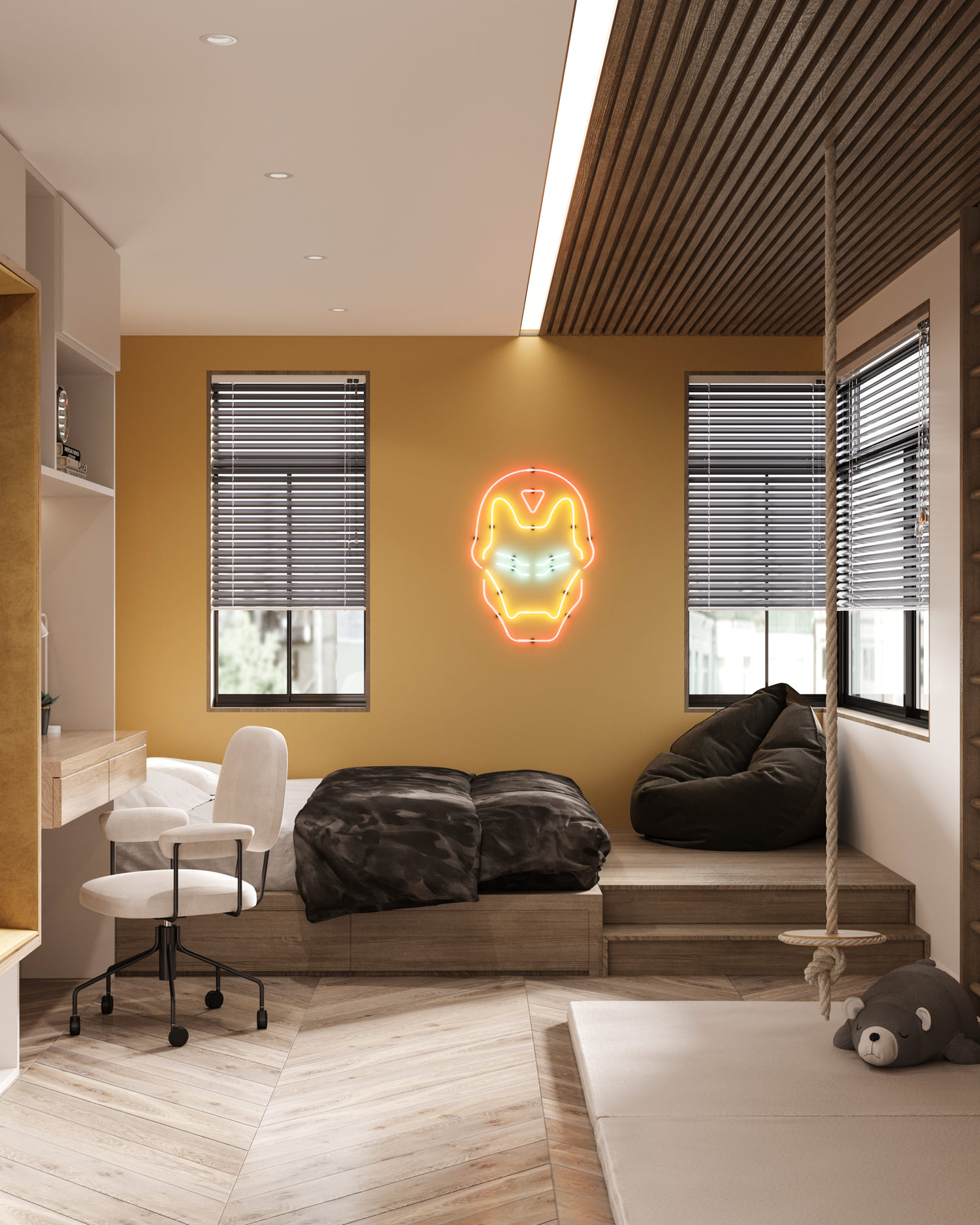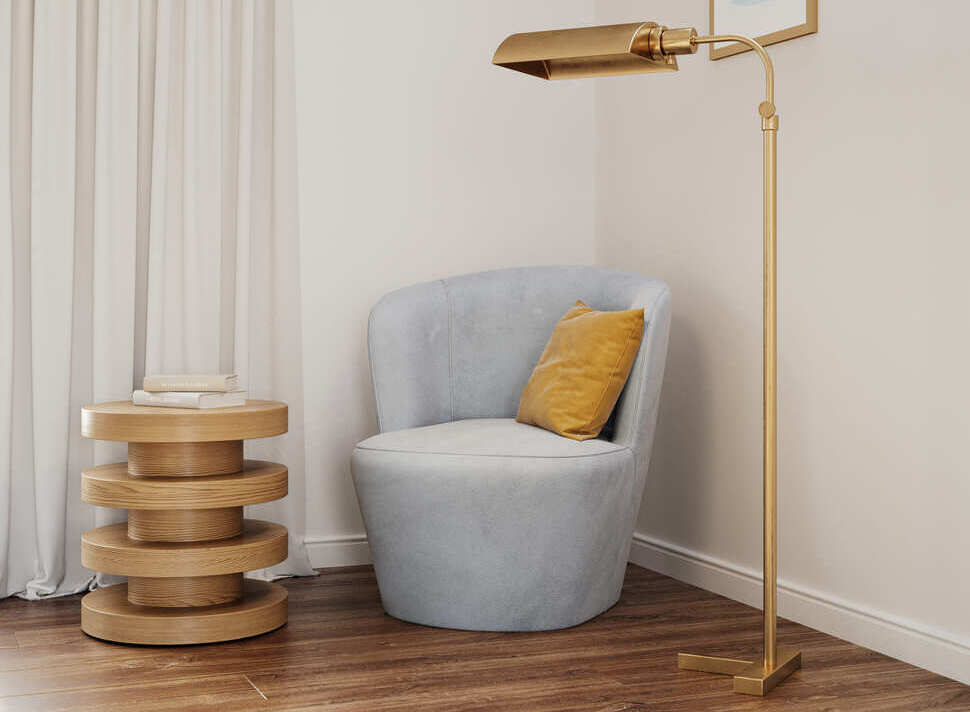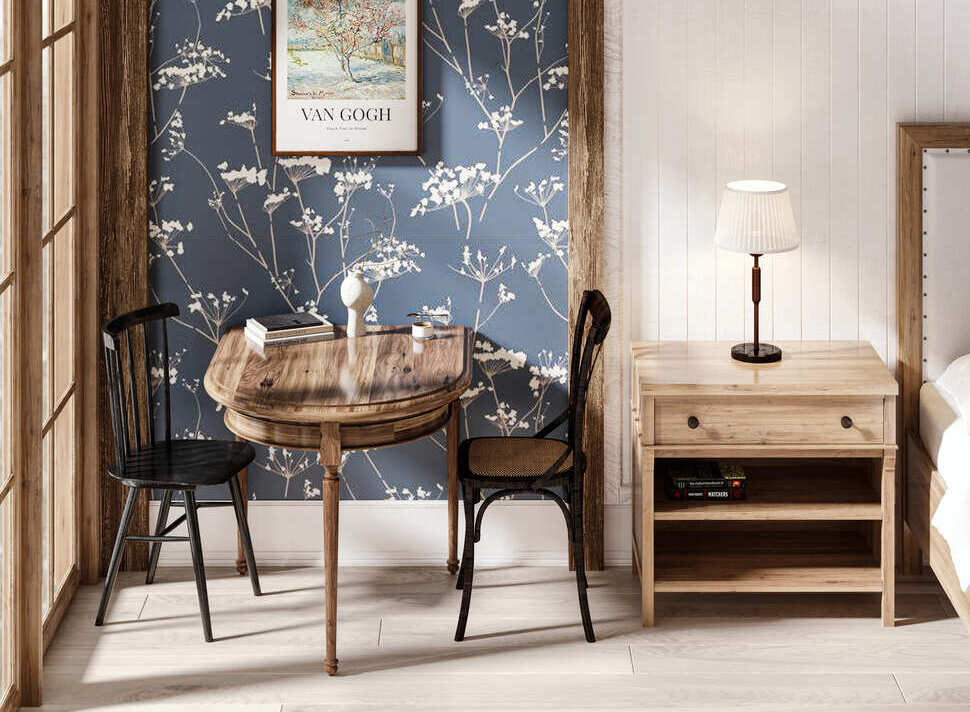Bringing Products to Life: The Art of 3D Animation in Retail
Introduction to 3D Animation in Retail
The retail industry has continuously evolved, constantly seeking innovative ways to captivate customers and enhance the shopping experience. A pivotal development in this evolution is integrating 3D product animation services, a technology that has introduced a new dimension to product visualization and customer engagement.
The Evolution of Retail Visualization
The journey of retail visualization has been marked by constant innovation. From the early days of print catalogs and photographs to the advent of digital imagery and online galleries, the goal has always been to present products in the most appealing and informative way possible—the arrival of 3D Animation in retail marks a significant leap forward from these traditional methods.
3D Animation offers an immersive visual experience beyond static images or traditional video. It allows customers to see products come to life dynamically and interactively. This technology is not just a tool for visualization but also a medium for storytelling, enabling retailers to create engaging narratives around their products and brands.
Defining 3D Animation in the Retail Context
In retail, 3D Animation involves creating three-dimensional moving images of products. These animations can showcase products in action, demonstrate features, or provide a virtual tour of how products can be used in real-life settings. The level of detail and realism that can be achieved with modern 3D animation technology makes it a potent tool for retail.

Image from Yousee Studio
3D Animation in retail spans various applications, from online product demos to interactive advertisements and virtual showrooms. For instance, a furniture retailer might use 3D Animation to show how a sofa transforms into a bed, or an electronics brand might use it to demonstrate the features of a new smartphone.
The Process of Creating 3D Animated Retail Content
Conceptualization and Storyboarding
The first step in creating 3D animated content is conceptualization. This involves defining the goals of the Animation, such as whether it is intended to showcase a product’s features, demonstrate its use, or tell a brand story. Once the goals are clear, the next step is storyboarding. This process involves creating a series of sketches or digital illustrations that lay out the animation sequence, much like a comic strip. This storyboard acts as a blueprint for the Animation, guiding the subsequent stages of production.
3D Modeling and Animation Techniques
The next stage involves 3D modeling, where artists use specialized software to create digital models of the products. These models are then rigged with a virtual skeleton if they require movement, a process akin to preparing a puppet for Animation.
Once the models are ready, animators bring them to life using various animation techniques. Keyframe animation, where animators manually set the position of objects at specific points in time, is a common technique. Another technique is motion capture, which involves recording the movement of a real object or person and applying that data to the 3D model.
This stage of the process requires artistic skills and a deep understanding of physics and mechanics, especially when animating complex products like machinery or electronics.
Post-Production and Integration into Retail Platforms
After the Animation is complete, it enters the post-production stage. This includes adding lighting, textures, and effects to make the Animation as realistic and appealing as possible. Sound effects and voice overs are also added during this stage if required.
The final step is to integrate the Animation into the retail platform. This could involve embedding the Animation on a website, using it in an online ad, or incorporating it into an interactive kiosk in a physical store. The integration must ensure the Animation is displayed correctly across different devices and platforms, providing a consistent and smooth user experience.

Image from Yousee Studio
The cost and time required to create 3D animated content vary greatly depending on the project's complexity. A simple product demonstration might cost a few thousand dollars and take a few weeks to produce, while a more complex and detailed animation could cost tens of thousands and take several months.
Benefits of 3D Animation for Retailers and Customers
Integrating 3D Animation in retail has opened up opportunities, benefiting retailers and customers. These benefits range from enhanced product visualization to improved marketing strategies.
Enhancing Product Visualization and Engagement
3D Animation elevates product visualization to a new level, offering customers a detailed and dynamic view of products. Unlike static images, 3D animations can showcase products in action, revealing features and functionalities that might be difficult to communicate otherwise. For example, a 3D animation can effectively demonstrate how a multifunctional appliance works, which might require multiple images or lengthy text descriptions.
This enhanced visualization leads to increased customer engagement. Interactive 3D animations can captivate customers, encouraging them to explore products more. According to a study by the Content Marketing Institute, interactive content, such as 3D animations, can generate twice as much engagement as static content.
Improving Customer Understanding and Interaction
3D Animation is also crucial in enhancing customers' understanding of products. It provides an immersive experience that helps customers visualize how products fit into their lives. For instance, in the case of furniture retail, 3D animations can show how a piece of furniture transforms or fits into different room settings, aiding customers in making informed purchase decisions.
Furthermore, the interactivity offered by 3D animations fosters a more profound customer interaction with products. This interactive experience can be especially beneficial in sectors like electronics, where understanding the product's functionality is crucial. Detailed animations can demonstrate how a gadget operates, its various features, and its internal mechanisms, offering customers a comprehensive understanding of the product.
Boosting Sales and Marketing Strategies
For retailers, 3D animations are not just a tool for showcasing products but also a powerful marketing instrument. These animations can be used across various platforms, from social media to television commercials, to create compelling marketing campaigns. They are particularly effective in catching the audience's attention and conveying the brand's message memorably.
Moreover, 3D animations can lead to an increase in sales. By providing customers with a better understanding and a more engaging presentation of products, animations can persuade customers to make a purchase. Retailers leveraging 3D animations in their marketing strategies often report higher conversion rates than traditional marketing approaches.
Real-World Examples of 3D Animation in Retail
Fashion and Apparel: Virtual Runways and Product Showcases
In the fashion industry, 3D Animation is revolutionizing how clothing and accessories are presented. Virtual runways, where animated models showcase clothing lines, offer an innovative alternative to traditional fashion shows. This approach saves costs associated with organizing physical shows and reaches a broader audience through online platforms.

Image from Yousee Studio
Luxury brands like Gucci and Louis Vuitton have utilized 3D Animation to create virtual showrooms and product showcases. These animations allow customers to explore products in detail, creating an immersive shopping experience that goes beyond the capabilities of a physical store.
Electronics and Gadgets: Feature Demonstrations and Tutorials
The electronics industry benefits immensely from 3D Animation, using it to demonstrate the features and functionalities of gadgets. Companies like Samsung and Apple use 3D animations in product launches and tutorials, helping customers understand complex products better.
These animations often showcase devices' internal components and mechanisms, providing a clear understanding of the product’s technological advancements. For instance, a smartphone manufacturer might use 3D Animation to illustrate the capabilities of a new camera system, displaying how different lenses work in various lighting conditions.
Furniture and Home Decor: Room Layouts and Product Integration
3D Animation showcases products in realistic home settings in furniture and home decor. Retailers like IKEA and Wayfair use animations to demonstrate how furniture can transform spaces, aiding customers in visualizing products in their homes.
These animations effectively show how modular furniture can be arranged in different configurations, providing customers with ideas for their interior design projects. They also help demonstrate product functionality and versatility, which can be a decisive factor in the purchasing process.
Challenges and Future Trends
While 3D Animation presents numerous advantages in the retail sector, it also brings challenges. Furthermore, emerging trends are set to influence how this technology will be used.
Overcoming Technical and Budgetary Constraints
One of the primary challenges associated with 3D Animation is the technical expertise required. Creating high-quality 3D animations involves a complex process that requires skilled artists and animators. This expertise comes at a cost, making it a significant investment, especially for smaller retailers. For a detailed and high-quality 3D animation, prices can range from $10,000 to $100,000 or more, depending on the length and complexity of the Animation.
Moreover, integrating these animations into existing retail platforms and ensuring they are displayed effectively across various devices and browsers adds another layer of complexity. Retailers must have the IT infrastructure and support to manage these integrations smoothly.
Emerging Technologies and the Future of 3D Animation in Retail
Looking to the future, several emerging technologies are set to impact the use of 3D Animation in retail profoundly.
- Augmented Reality (AR) Integration: AR technology can take 3D animations to the next level by allowing customers to see products in their environment. For instance, a customer could use their smartphone to see how furniture would look in their living room. This integration can enhance the shopping experience and aid in decision-making.
- Artificial Intelligence (AI): AI can be used to create more personalized and interactive 3D animations. For example, AI could analyze a customer’s behavior and preferences to recommend and showcase products through personalized 3D animations.
- Virtual Reality (VR): VR offers an immersive experience that can be combined with 3D Animation to create virtual stores or showrooms. Customers could use VR headsets to navigate through a virtual store, interacting with products animated in 3D.
- Real-Time Rendering: Advancements in real-time rendering technology will enable more interactive and responsive 3D animations. This can allow customers to customize products in 3D in real time, seeing changes and options instantly.
- 5G Connectivity: The rollout of 5G technology will facilitate faster and smoother streaming of high-quality 3D animations, making them more accessible to consumers on various devices and platforms.
These emerging technologies are expected to drive the next wave of innovation in 3D Animation for retail, offering even more immersive and engaging shopping experiences. As these technologies become more mainstream and affordable, more retailers will likely adopt 3D Animation as a critical component of their marketing and sales strategies.
Contact us at YouSee Studio for captivating 3D renderings and immersive virtual experiences.
Karen Spacey is a content writer and the author of this article.




